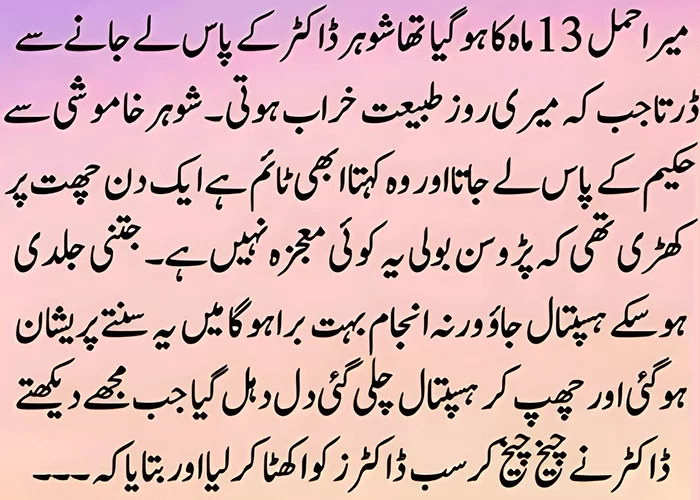Tipu Ruler, much of the time implied as the “Tiger of Mysore,” is maybe of the most celebrated figure in Indian history. His name is indivisible from fearlessness, obstacle, and a savage confirmation to protect his domain from English common powers. Tipu Ruler’s life was separate by different battles, innovative military procedures, and a persevering mission for power for his family. This article plunges into the amazing life and custom of Tipu Ruler, a trailblazer who won both all through day to day existence and in death.
1. Early Life and Heritage
Birth and Establishment: Tipu Ruler was brought into the world on November 20, 1751, in Devanahalli, near Bangalore, in the Domain of Mysore. He was the most seasoned offspring of Lord Hyder Ali, the head of Mysore, and Fakhr-un-Nisa. His young life was soaked with military discipline and Islamic preparation, setting him up for the place of authority he would at last anticipate.
Tutoring and Getting ready: Since from the beginning, Tipu was ready in battling, association, and statecraft. He was familiar with various vernaculars, including Persian, Arabic, and Kannada, and was educated in human articulations of caution and military method.
2. Move to Power
Taking the Grandiose position: Tipu Lord rose to the elevated place of Mysore in 1782 after the destruction of his father, Hyder Ali, during the Second Early English Mysore War. He procured a domain at fight with the English East India Association and instantly acknowledged the obligation of safeguarding his space.
Consolidating Power: In the wake of taking power, Tipu Ruler focused in on strengthening Mysore’s strategic limits, chipping away at the association, and building arrangements with other regional powers to counter English turn of events.
3. Military Headways and Frameworks
Rocket Advancement: Tipu Ruler is credited with leading the use of rocket weapons in battling. These rockets, known as “Mysorean rockets,” were used truly against English powers and were a herald to current rocket development.
Fortifications and Watchman: Tipu was a specialist of posts, working on the shields of key metropolitan networks like Srirangapatna. How he could decipher military plan and system made Mysore conceivably of the most noteworthy domain in South India.
4. The To some degree English Mysore Wars
First and Second Struggles: The First and Second To some degree English Mysore Wars saw Tipu Lord and his father, Hyder Ali, go against English advances. These contentions spread out Mysore as a basic power and a thorn in the side of English trailblazer wants.
Third Early English Mysore Fight: During the Third Early English Mysore War (1789-1792), Tipu stood up to a coalition of English, Maratha, and Nizam powers. No matter what his undertakings, the contention wrapped up with the Arrangement of Seringapatam, which compelled him to give up a basic region and pay a tremendous reimbursement.
Fourth To some degree English Mysore War: The Fourth Fairly English Mysore Fight in 1799 was the last and most unequivocal conflict. Still hanging out there to pound Mysore, laid assault to Srirangapatna. Tipu Ruler combat gallantly anyway was in the long run killed in battle, signifying the completion of Mysore’s independence.
5. Tipu Ruler’s Vision for Mysore
Financial Changes: Tipu Lord was a contender as well as a visionary ruler. He executed different money related changes to help agribusiness, industry, and trade. He attempted to diminish dependence on English items by progressing close by organizations and designing trade relations with various countries, including France, Persia, and the Ottoman Domain.
Severe Procedures: Tipu Ruler was an earnest Muslim, at this point he is in like manner known for his fairly permissive methodologies towards his non-Muslim subjects. He maintained Hindu asylums, and his court was known for its inclusivity, with Hindu and Muslim specialists working one close to the next.
6. The Death of Tipu Lord
Assault of Srirangapatna: The assault of Srirangapatna in 1799 was maybe of the fundamental event in Indian history. Disregarding being energetically overshadowed, Tipu Ruler wouldn’t surrender. He combat until his last wheeze, obtaining his place as a holy person and a picture of obstacle in spite of English rule.
Custom of Fortitude: Tipu’s passing indicated the determination of a huge time span, yet his legacy endured. He is perceived as a valiant trailblazer who leaned toward downfall over convenience, and his story continues to energize the people who regard a valuable open door and deterrent against mistreatment.
7. Social and Bona fide Legacy
Social Impact: Tipu Lord’s life and fights have been exalted in Indian culture through composition, tales, and craftsmanship. His story is told in vast books, films, and songs, making him a social image in India to say the least.
Recognitions and Milestones: Different tourist spots, including his internment place at Srirangapatna, stand as a showing of his persisting through legacy. His imperial homes, fortifications, and battle zones are as of now critical undeniable regions that attract visitors from around the world.
End
Tipu Lord, the “Tiger of Mysore,” was a trailblazer whose strength and confirmation made a long-lasting engraving on Indian history. His innovative military methods, visionary organization, and ardent commitment to his domain’s opportunity made him one of the most respected figures of his time. To be sure, even in death, Tipu Ruler won by transforming into a picture of obstacle against expansionism and a legend for individuals later on.



